Home>Gardening & Outdoor>Landscaping Ideas>How To Dig Up Monkey Grass
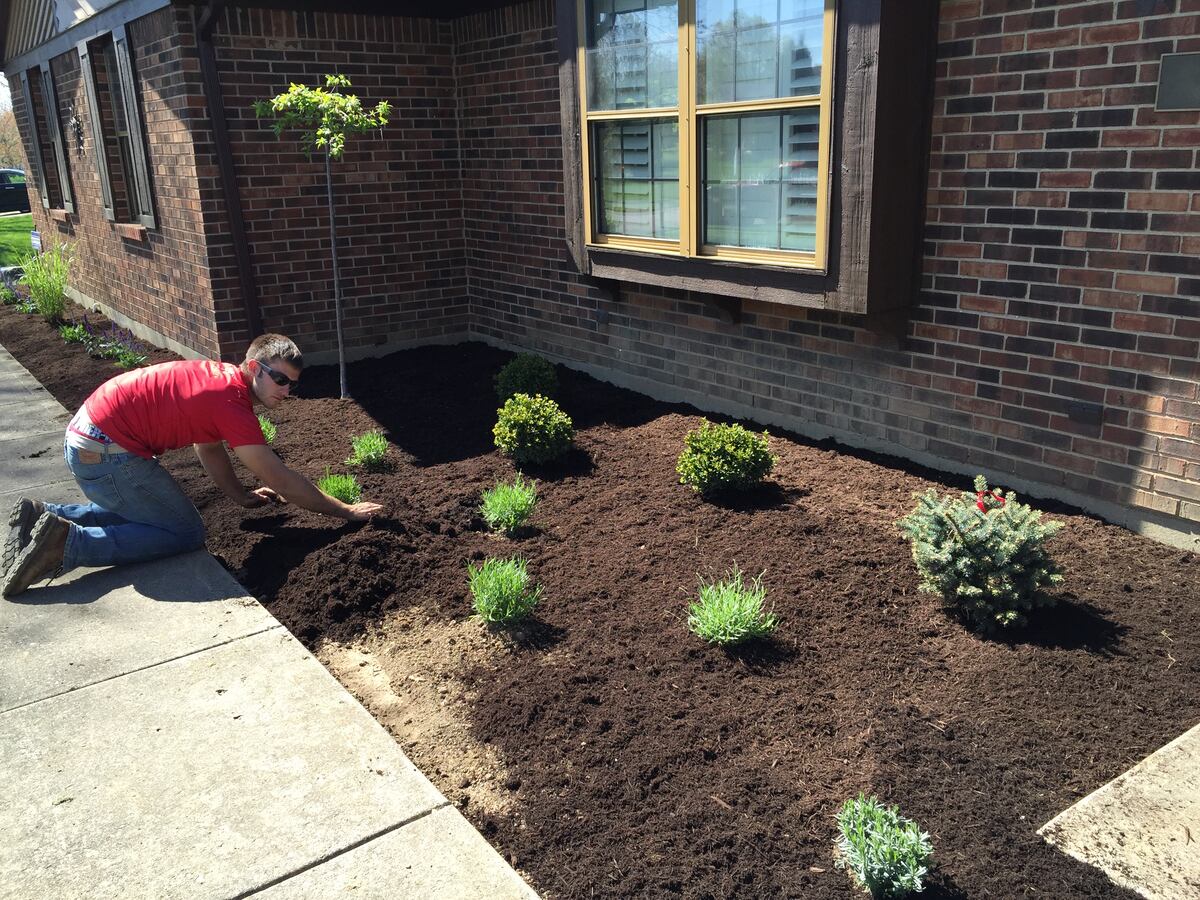

Landscaping Ideas
How To Dig Up Monkey Grass
Modified: March 29, 2024
Discover expert landscaping ideas for digging up monkey grass and transforming your outdoor space. Learn how to enhance your landscape with our step-by-step guide.
(Many of the links in this article redirect to a specific reviewed product. Your purchase of these products through affiliate links helps to generate commission for Storables.com, at no extra cost. Learn more)
Introduction
Welcome to the world of landscaping, where every garden enthusiast aspires to create a vibrant and visually appealing outdoor space. In this guide, we will delve into the fascinating realm of monkey grass, a versatile and low-maintenance plant that can elevate the aesthetics of any garden. Whether you are a seasoned gardener or a novice enthusiast, learning how to dig up and transplant monkey grass can add a new dimension to your landscaping skills.
Monkey grass, also known as mondo grass, is a popular ground cover that is prized for its resilience and adaptability. Its lush, dark green foliage and ability to thrive in various conditions make it a sought-after addition to gardens, borders, and pathways. However, there are times when you may need to relocate or divide monkey grass to promote healthier growth or enhance the visual balance of your garden. Understanding the proper techniques for digging up and transplanting monkey grass is essential to ensure its continued vitality and beauty.
Throughout this guide, we will explore the step-by-step process of digging up monkey grass, selecting the ideal location for transplantation, and providing the necessary care to support its successful establishment in its new environment. By the end of this journey, you will be equipped with the knowledge and confidence to embark on your own monkey grass transplantation project, adding a touch of natural elegance to your outdoor sanctuary.
Key Takeaways:
- Monkey grass, a resilient ground cover, can thrive in various light conditions and soil types. By carefully digging it up and transplanting it, you can enhance the beauty of your garden while promoting a thriving outdoor ecosystem.
- To successfully transplant monkey grass, prepare the new site, handle the plant with care, and provide attentive care post-transplantation. With thoughtful consideration and nurturing, you can create a visually captivating garden landscape enriched by the timeless allure of monkey grass.
Read more: How To Dig Up Grass And Replant
Understanding Monkey Grass
Monkey grass, scientifically known as Ophiopogon japonicus, is a perennial ground cover that belongs to the Asparagaceae family. Originating from East Asia, this versatile plant has gained popularity across the globe for its ornamental value and resilience. It is often referred to as monkey grass due to its resemblance to grass and its ability to spread and cover the ground like a dense, low-lying carpet.
One of the most notable features of monkey grass is its adaptability to various light conditions, making it suitable for both sun-drenched areas and shaded spots within a garden. Its long, slender leaves form dense clumps, and in the summer, it produces small spikes of lilac or white flowers, adding a delicate touch to its overall appearance.
Monkey grass is renowned for its low-maintenance nature, making it an ideal choice for landscaping projects that require a resilient and visually appealing ground cover. It is also valued for its erosion control properties, as its extensive root system helps stabilize soil on slopes and embankments.
When considering the transplantation of monkey grass, it is essential to understand its growth habits and requirements. This plant thrives in well-drained soil and benefits from occasional watering, especially during dry spells. While it can tolerate a range of soil types, ensuring good drainage is crucial to prevent waterlogged conditions, which can adversely affect the health of the plant.
By gaining a deeper understanding of monkey grass and its characteristics, you can make informed decisions when selecting the optimal location for transplantation and providing the necessary care to support its growth. With the right knowledge and techniques, you can harness the beauty and resilience of monkey grass to enhance the visual appeal of your garden while promoting a thriving outdoor ecosystem.
Tools and Equipment Needed
Before embarking on the process of digging up and transplanting monkey grass, it is important to gather the essential tools and equipment to ensure a smooth and efficient operation. The following items are indispensable for this undertaking:
- Shovel: A sturdy shovel is crucial for digging up the monkey grass, especially if the soil is compacted or contains roots from other plants. A square-edged shovel is recommended for its ability to penetrate the soil with precision.
- Garden Fork: A garden fork can be used to loosen the soil and gently lift the monkey grass, minimizing damage to the roots during the extraction process.
- Pruning Shears: Sharp pruning shears are essential for trimming the foliage of the monkey grass before and after transplantation. This helps reduce stress on the plant and promotes healthy regrowth in its new location.
- Garden Hose or Watering Can: Adequate hydration is vital for the well-being of the monkey grass, so having a garden hose or watering can on hand is essential for watering the plant before and after transplantation.
- Wheelbarrow or Garden Cart: A wheelbarrow or garden cart can be used to transport the extracted monkey grass to its new location, minimizing strain on the gardener and ensuring the safe transfer of the plant.
- Soil Amendments: Depending on the quality of the soil in the new planting area, soil amendments such as compost, organic matter, or sand may be necessary to improve drainage and provide essential nutrients for the transplanted monkey grass.
- Protective Gear: Gloves, knee pads, and appropriate footwear are important for personal protection and comfort during the digging and transplanting process.
By assembling these tools and equipment, you can approach the task of digging up and transplanting monkey grass with confidence and efficiency. Proper preparation ensures that the process is carried out effectively, minimizing stress on the plant and maximizing its chances of thriving in its new environment.
Choosing the Right Spot
When transplanting monkey grass, selecting the right spot for its new home is a critical decision that directly impacts its future growth and vitality. Consider the following factors to identify the optimal location for the transplanted monkey grass:
- Light Conditions: Monkey grass exhibits remarkable adaptability to light conditions, thriving in both full sun and partial shade. Assess the sunlight patterns in your garden to determine the ideal placement for the plant. In areas with intense sunlight, planting monkey grass where it can receive some shade during the hottest part of the day can prevent leaf scorching and promote healthy growth.
- Soil Quality: The soil in the chosen location should be well-drained to prevent waterlogging, which can lead to root rot and other issues. Conduct a soil assessment to ensure that it provides a suitable environment for the transplanted monkey grass. If necessary, amend the soil with organic matter or sand to improve its texture and drainage capabilities.
- Space and Spreading: Monkey grass has a spreading growth habit, forming dense clumps over time. Choose a spot that allows ample room for the plant to expand without overcrowding other vegetation. Consider its growth pattern and allocate sufficient space to accommodate its natural tendency to spread and fill in the area.
- Visual Impact: Assess the aesthetic impact of the chosen location, considering how the monkey grass will complement the surrounding landscape. Whether used as a border, ground cover, or accent plant, its placement should enhance the overall visual appeal of the garden while contributing to a harmonious and balanced design.
- Accessibility to Water: Ensure that the chosen spot is easily accessible for watering, especially during the establishment phase after transplantation. Proximity to a water source or irrigation system simplifies the task of providing essential moisture to support the plant’s adaptation to its new environment.
By carefully evaluating these factors, you can identify a suitable spot that provides the necessary conditions for the transplanted monkey grass to thrive. Thoughtful consideration of the plant’s needs and growth habits will contribute to a successful and visually rewarding outcome, ensuring that the monkey grass becomes an enduring and vibrant element of your garden landscape.
When digging up monkey grass, use a sharp shovel to cut around the perimeter of the plant to loosen the roots. Then, carefully lift the plant out of the ground, making sure to keep the roots intact.
Digging Up Monkey Grass
Before embarking on the process of digging up monkey grass, it is essential to prepare the plant and the surrounding area to minimize stress and ensure successful transplantation. Follow these steps to carefully extract the monkey grass from its current location:
- Trimming and Pruning: Start by trimming the foliage of the monkey grass to a manageable height using sharp pruning shears. This step reduces stress on the plant during the digging process and facilitates handling.
- Watering the Soil: Prior to digging, thoroughly water the soil around the monkey grass to moisten the root zone. Adequate hydration eases the extraction process and reduces the risk of root damage.
- Loosening the Soil: Use a garden fork to gently loosen the soil around the perimeter of the monkey grass clump. Work the fork into the soil, taking care to avoid damaging the roots, and gradually lift the plant from the ground.
- Extraction and Division: With the soil loosened, carefully insert a shovel into the ground around the perimeter of the monkey grass clump. Angle the shovel inward to sever any connecting roots, then lift the clump from the ground, ensuring that the root system remains intact. Depending on the size of the clump and your transplanting goals, you may choose to divide the clump into smaller sections using a sharp shovel or pruning shears.
- Preparation for Transplantation: Once the monkey grass is extracted, prepare the new planting area by amending the soil if necessary and ensuring that it is well-drained and free of debris. This step sets the stage for a smooth transition and successful establishment of the transplanted monkey grass.
Throughout the digging process, handle the monkey grass with care to minimize root disturbance and maintain the integrity of the plant. By following these steps, you can effectively extract the monkey grass, setting the stage for its seamless transition to a new location where it can continue to flourish and enhance the beauty of your garden.
Read more: How To Dig Up Grass And Lay Gravel
Transplanting Monkey Grass
Once the monkey grass has been successfully extracted, the next crucial step is to transplant it to its new location, ensuring a smooth transition and optimal conditions for continued growth. Follow these guidelines to transplant the monkey grass with care and precision:
- Preparing the New Site: Before planting, prepare the new site by digging a hole that is slightly larger than the root ball of the monkey grass clump. Amend the soil with organic matter or sand as needed to improve drainage and provide essential nutrients for the plant’s establishment.
- Planting Depth and Spacing: Position the monkey grass clump at the same depth it was previously growing, ensuring that the crown of the plant is level with the soil surface. If dividing the clump, maintain appropriate spacing between sections to allow for healthy growth and expansion.
- Backfilling and Watering: Gently backfill the hole with soil, pressing it firmly around the roots to eliminate air pockets. Water the transplanted monkey grass thoroughly to settle the soil and provide essential hydration for the plant’s initial adjustment to its new environment.
- Mulching and Protection: Apply a layer of organic mulch around the base of the transplanted monkey grass to conserve moisture, regulate soil temperature, and suppress weed growth. Additionally, consider protecting the plant from direct sunlight and excessive heat during the first few weeks after transplantation to minimize stress.
Throughout the transplanting process, handle the monkey grass with care to safeguard its delicate roots and promote a seamless transition. By adhering to these guidelines, you can ensure that the transplanted monkey grass receives the necessary support and resources to establish itself in its new environment, setting the stage for continued health and vitality.
Caring for Transplanted Monkey Grass
After successfully transplanting monkey grass to its new location, providing attentive care is essential to support its adaptation and promote healthy growth. Implement the following measures to ensure the well-being of the transplanted monkey grass:
- Watering: Maintain consistent moisture levels in the soil to support the establishment of the transplanted monkey grass. Water the plant regularly, especially during dry periods, ensuring that the soil remains evenly moist without becoming waterlogged.
- Monitoring and Maintenance: Monitor the transplanted monkey grass regularly to assess its progress and address any signs of stress or inadequate growth. Remove any weeds that may compete with the plant for resources and ensure that the surrounding area is free of debris that could impede its development.
- Fertilization: Consider applying a balanced, slow-release fertilizer to provide essential nutrients for the transplanted monkey grass. Choose a fertilizer specifically formulated for ornamental grasses and follow the manufacturer’s recommendations for application rates and timing.
- Pruning and Grooming: As the transplanted monkey grass becomes established, periodically trim any damaged or discolored foliage to encourage healthy regrowth. Groom the plant to maintain its desired shape and prevent overcrowding, promoting a neat and vibrant appearance.
- Protection from Extreme Conditions: During periods of intense heat or cold, consider providing additional protection for the transplanted monkey grass. Shield the plant from prolonged exposure to direct sunlight and extreme temperatures, especially during its initial phase of acclimatization to the new environment.
By implementing these care measures, you can nurture the transplanted monkey grass and provide the necessary support for its successful establishment and long-term vitality. With attentive maintenance and a nurturing approach, the monkey grass will thrive in its new surroundings, contributing to the beauty and resilience of your garden landscape.
Conclusion
Congratulations on embarking on the rewarding journey of digging up and transplanting monkey grass. By gaining a deeper understanding of this resilient plant and following the essential steps outlined in this guide, you have equipped yourself with the knowledge and skills to undertake this transformative landscaping project with confidence and precision.
Through careful preparation, thoughtful consideration of the plant’s needs, and attentive care, you have the power to create a flourishing and visually captivating garden landscape enhanced by the timeless allure of monkey grass. As you witness the successful adaptation and growth of the transplanted monkey grass, you will experience the gratifying results of your efforts, enriching your outdoor sanctuary with natural elegance and vibrant greenery.
Remember that the process of digging up and transplanting monkey grass is not merely a horticultural task; it is an opportunity to connect with the beauty of nature and contribute to the dynamic tapestry of your garden. By nurturing the transplanted monkey grass and observing its resilience, you are fostering a thriving ecosystem that harmonizes with the surrounding environment, enriching the outdoor experience for both you and your guests.
As you continue to explore the art of landscaping and gardening, may the knowledge and skills acquired in this endeavor inspire you to embark on further projects that celebrate the enduring beauty and vitality of nature. Your dedication to cultivating a vibrant and sustainable outdoor space serves as a testament to the transformative power of gardening and the enduring allure of monkey grass within the landscape.
With each tenderly cared-for plant and thoughtfully designed garden bed, you contribute to the collective tapestry of natural beauty, enriching the world one garden at a time. Embrace the journey, savor the process, and revel in the ever-evolving splendor of your garden oasis.
Frequently Asked Questions about How To Dig Up Monkey Grass
Was this page helpful?
At Storables.com, we guarantee accurate and reliable information. Our content, validated by Expert Board Contributors, is crafted following stringent Editorial Policies. We're committed to providing you with well-researched, expert-backed insights for all your informational needs.
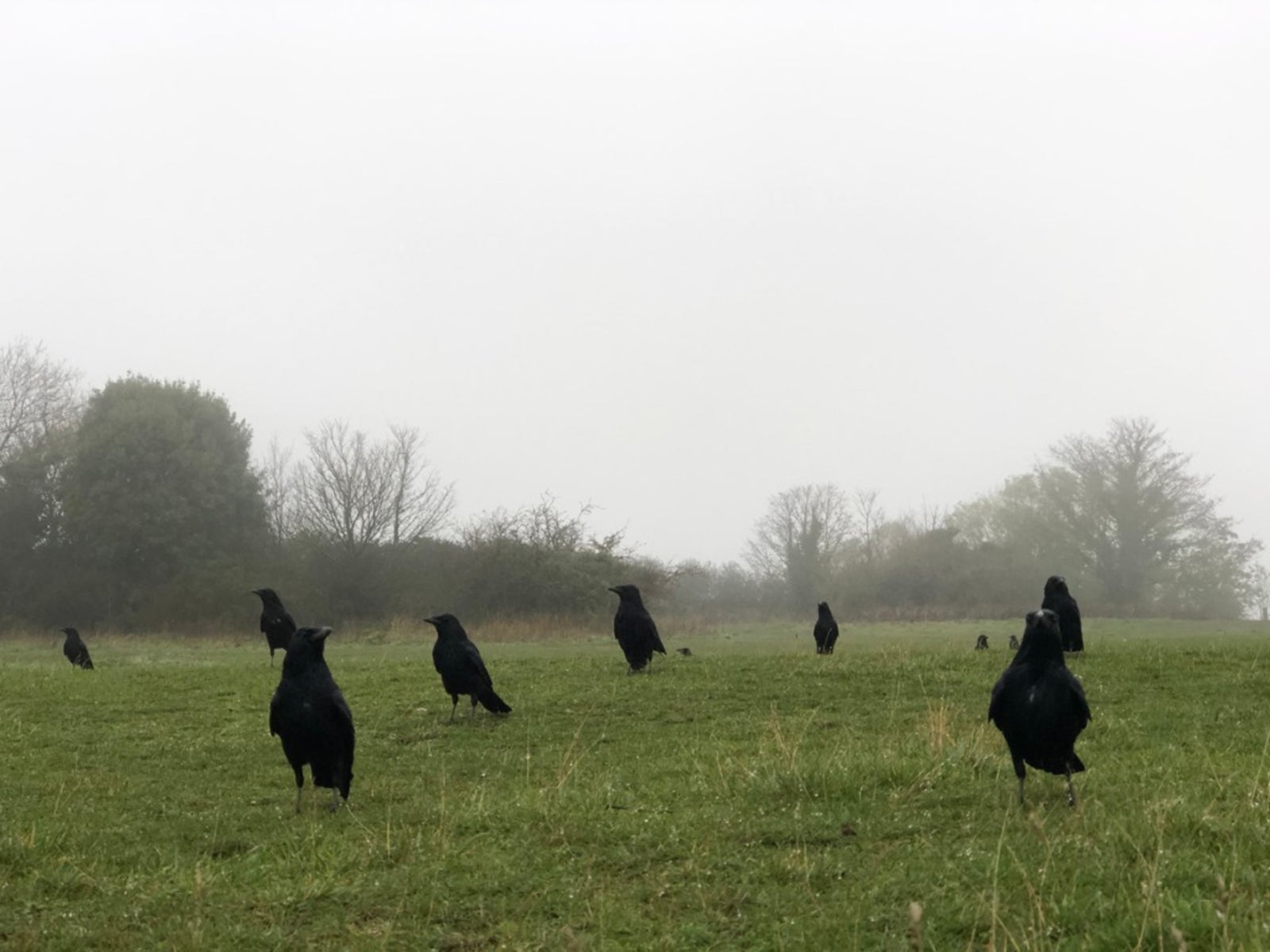
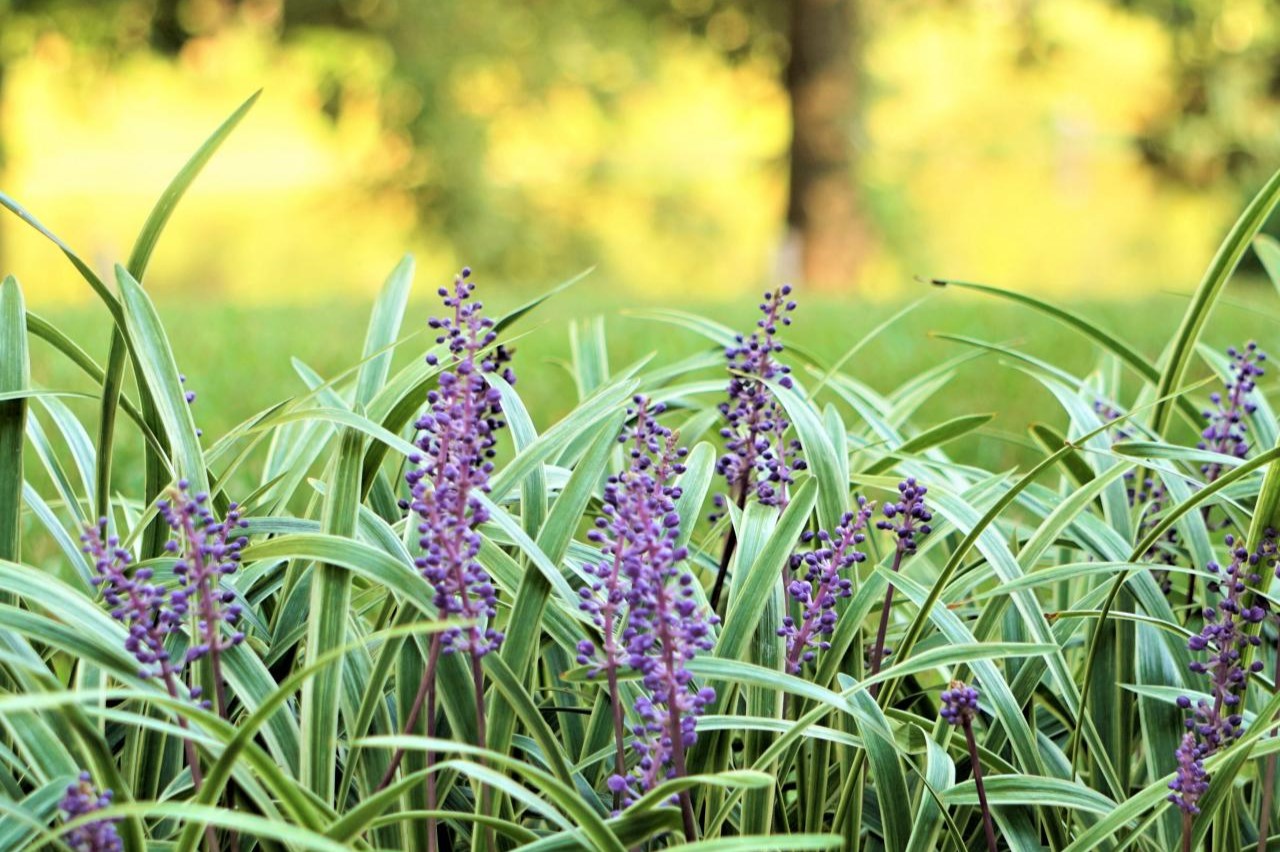
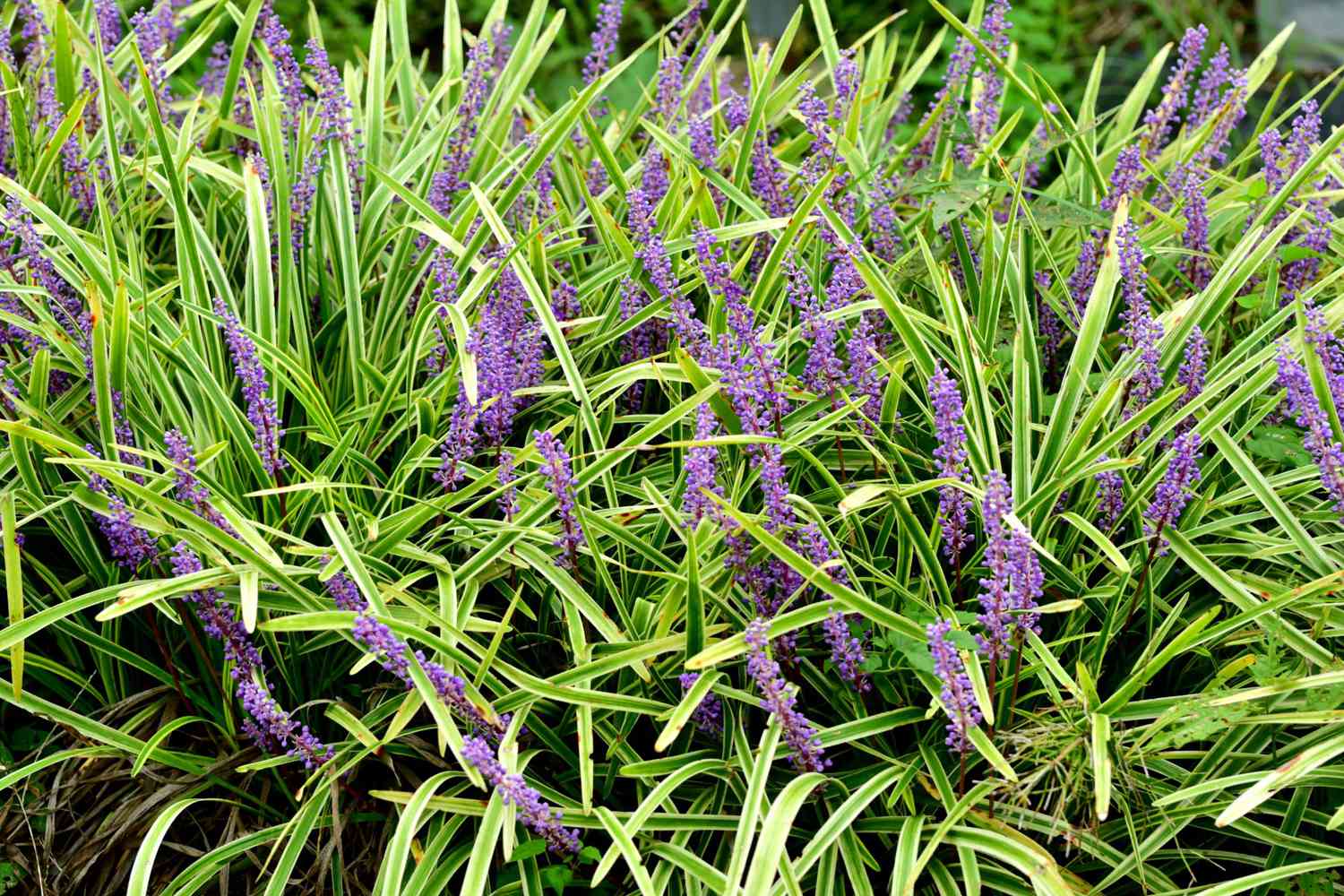
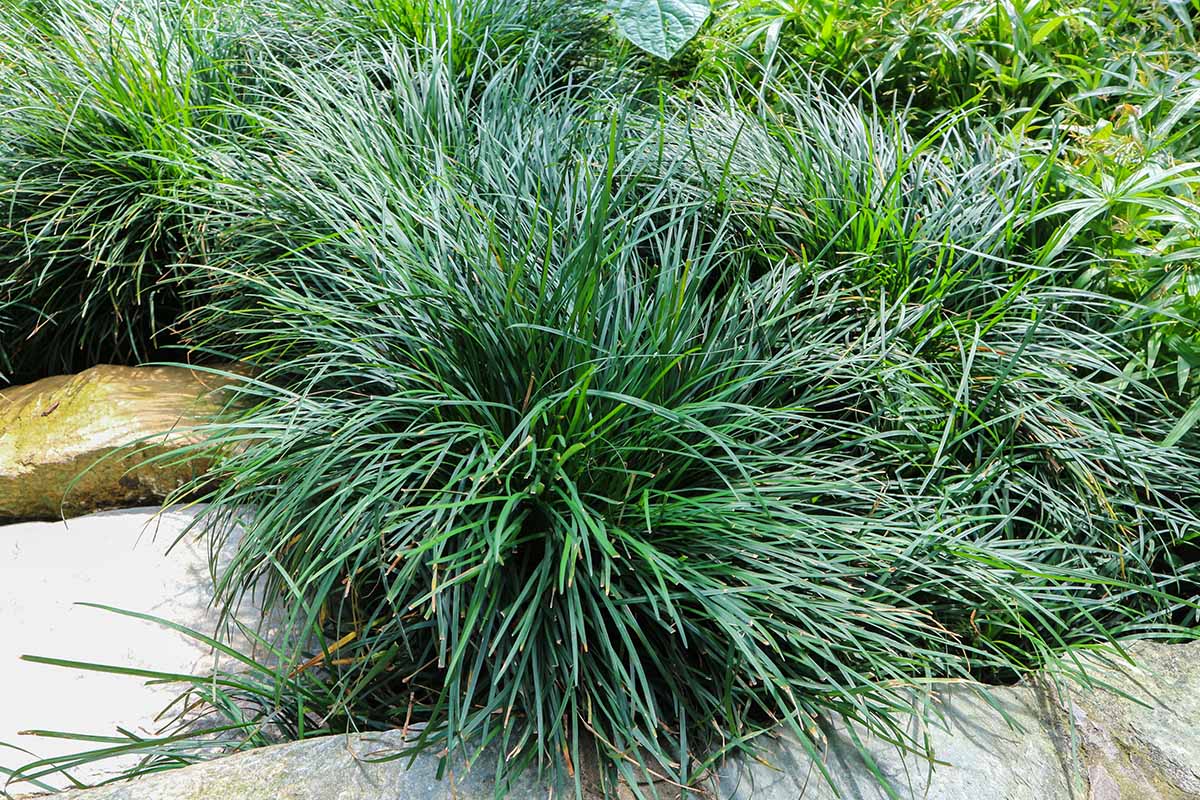
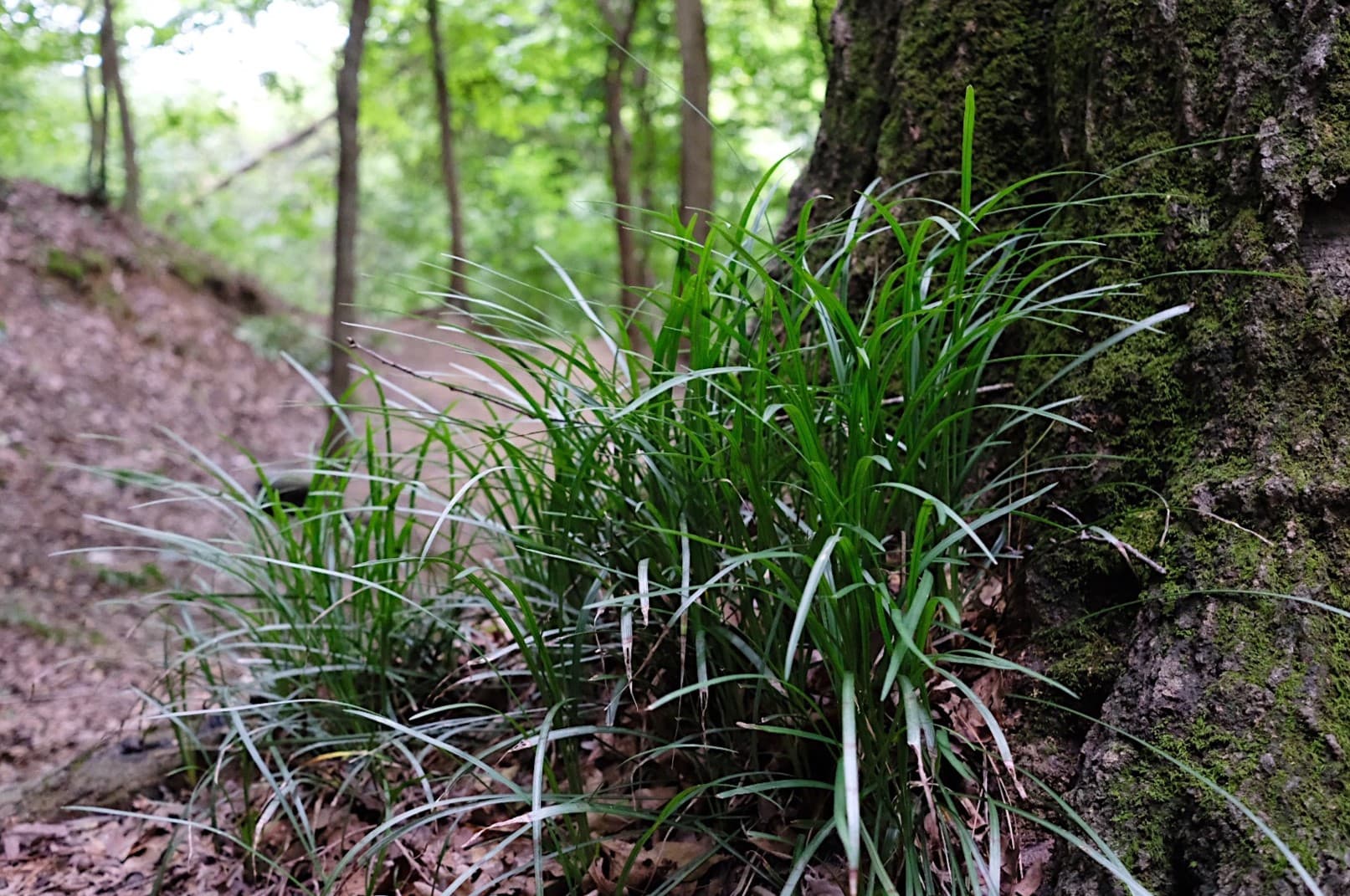
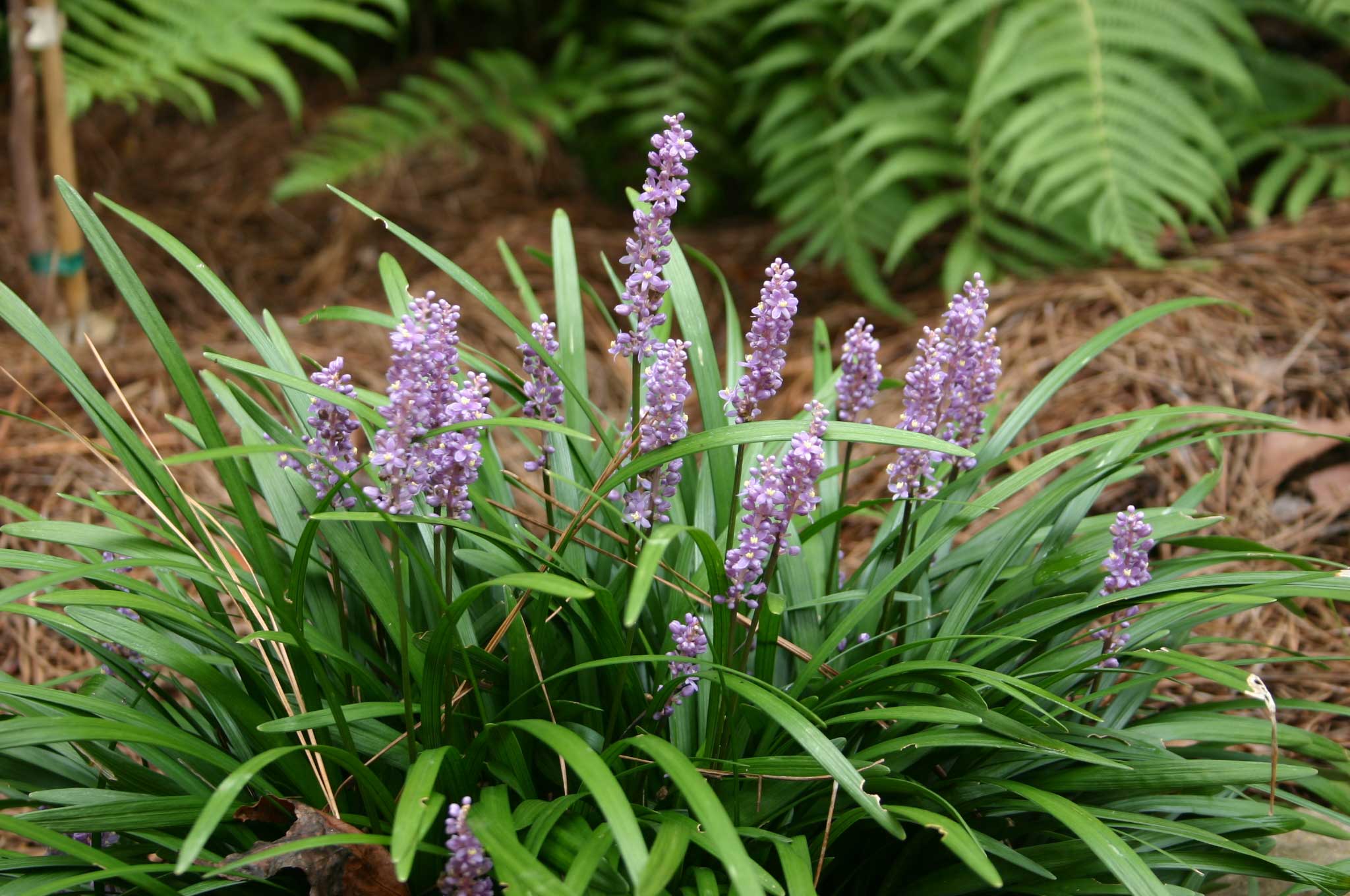
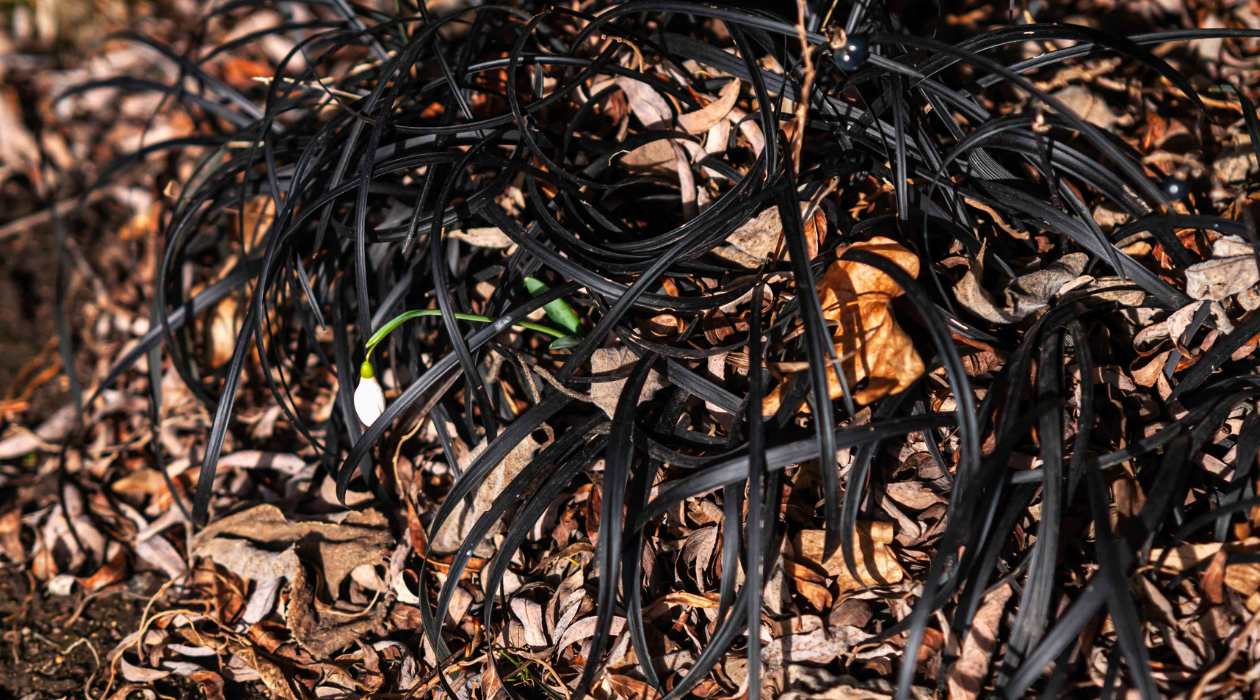
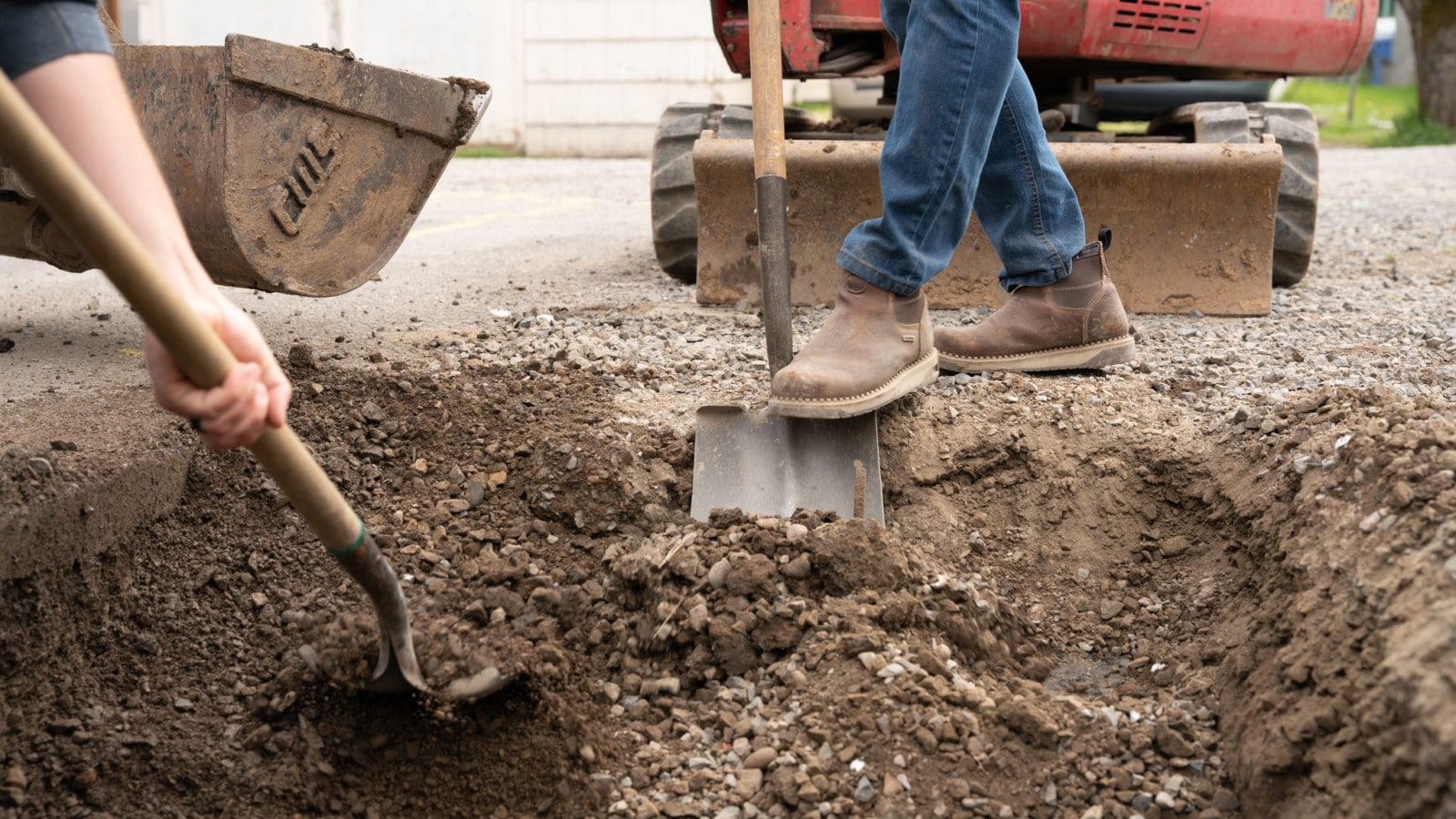

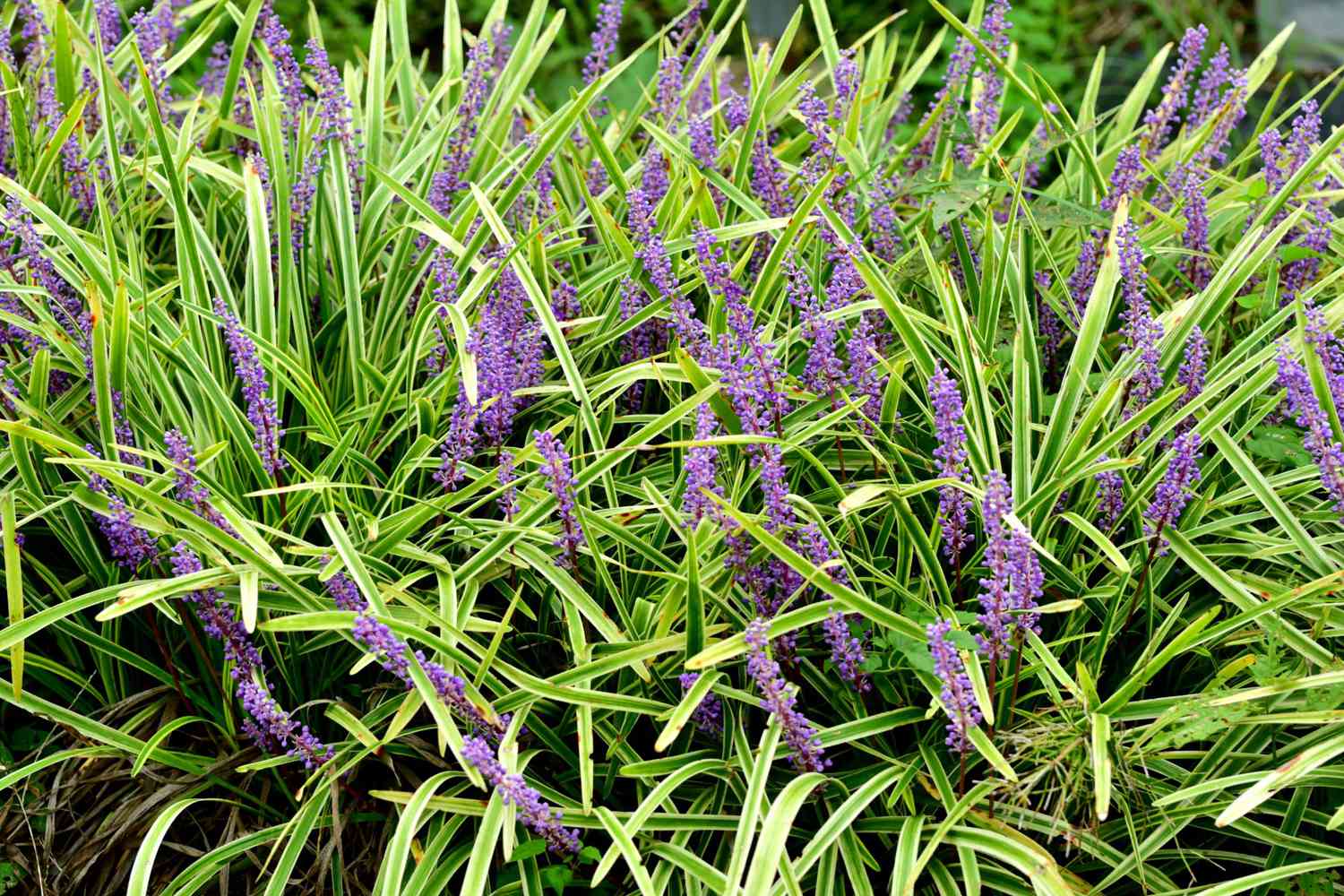
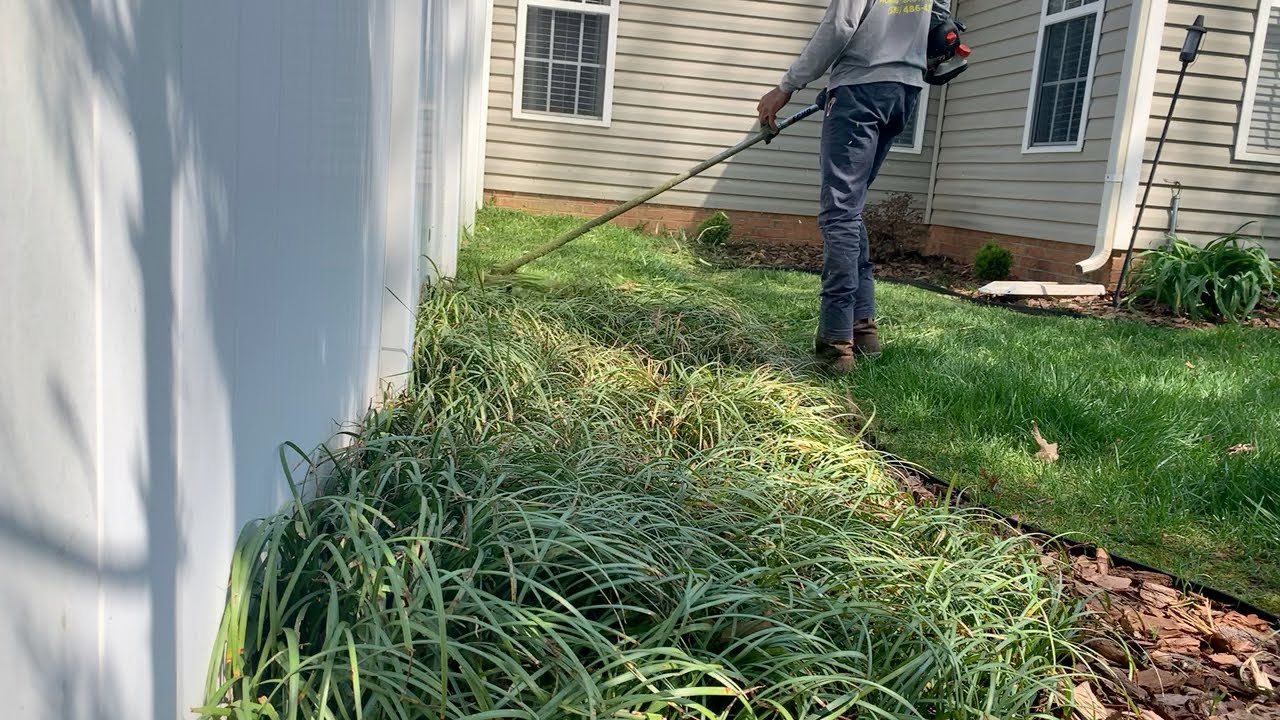
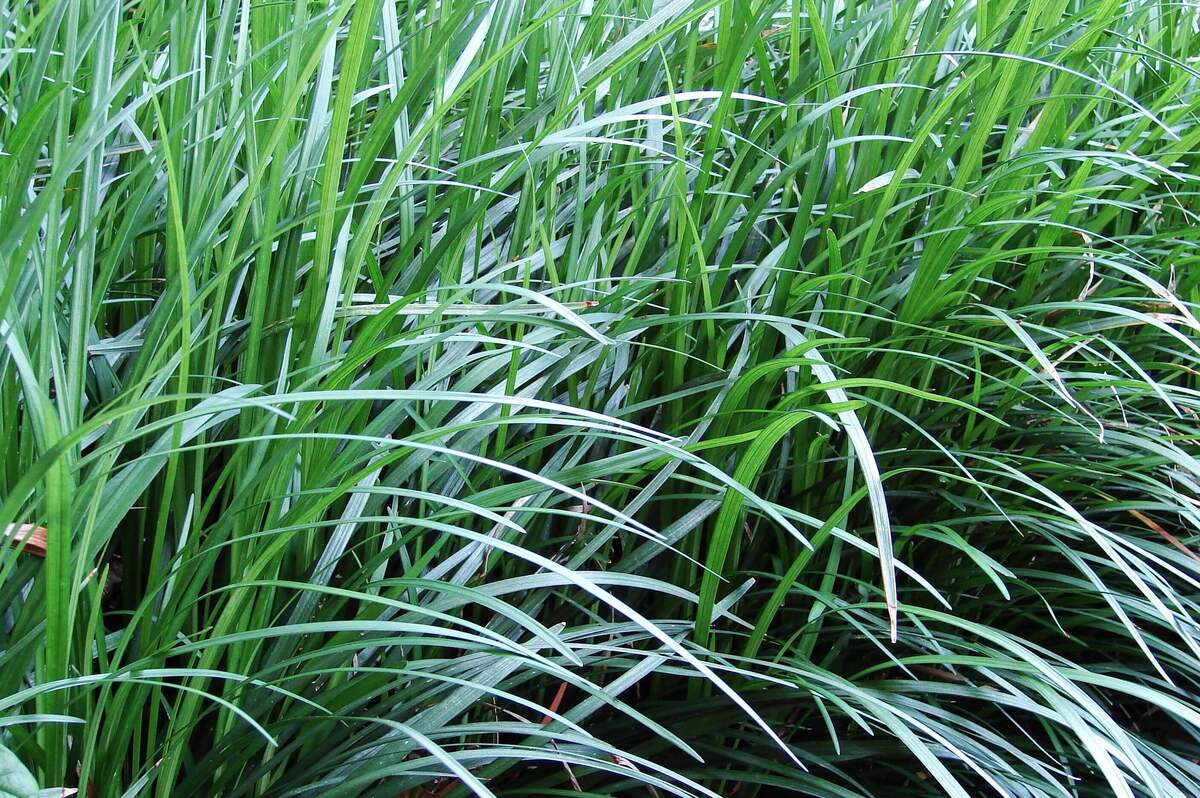
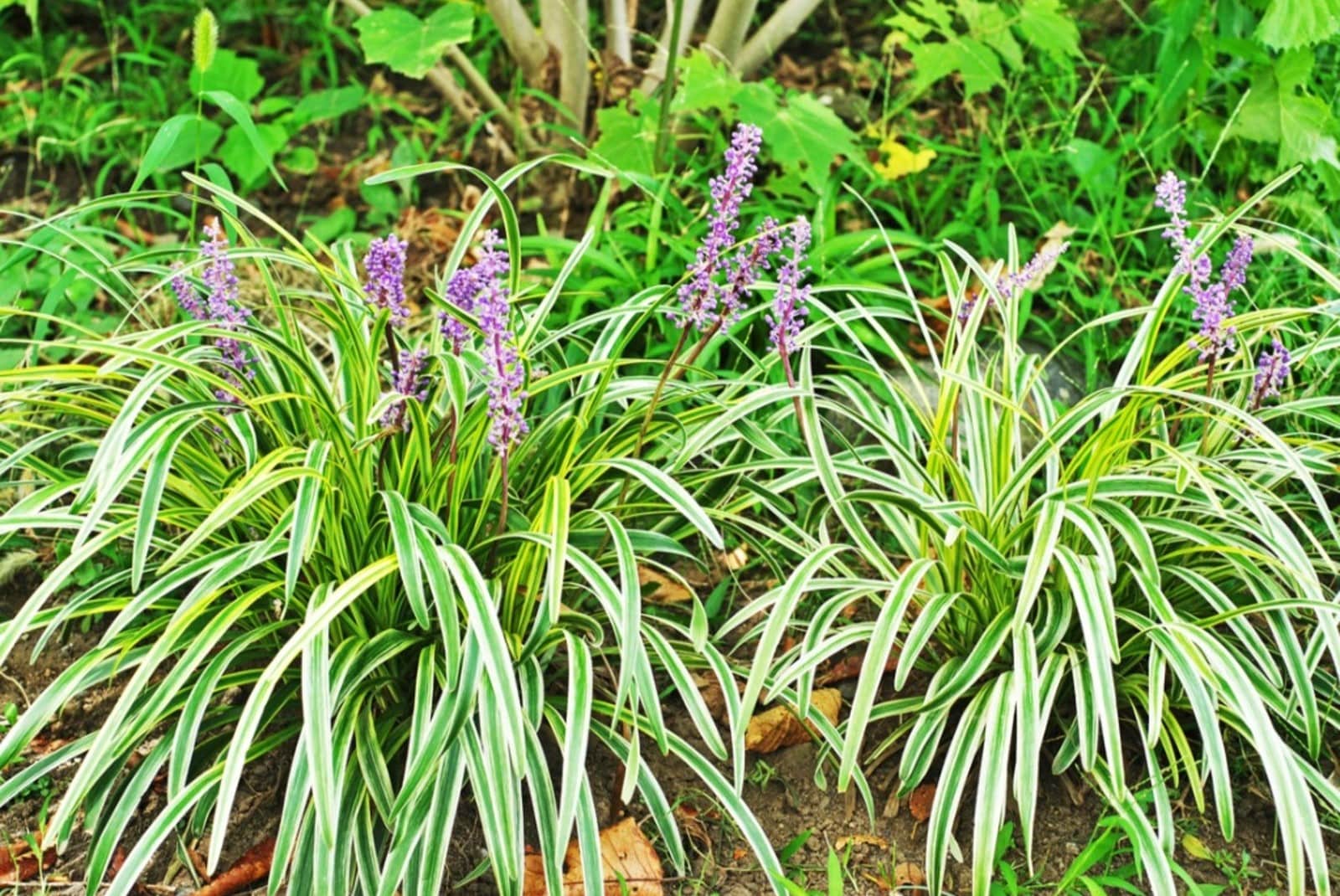
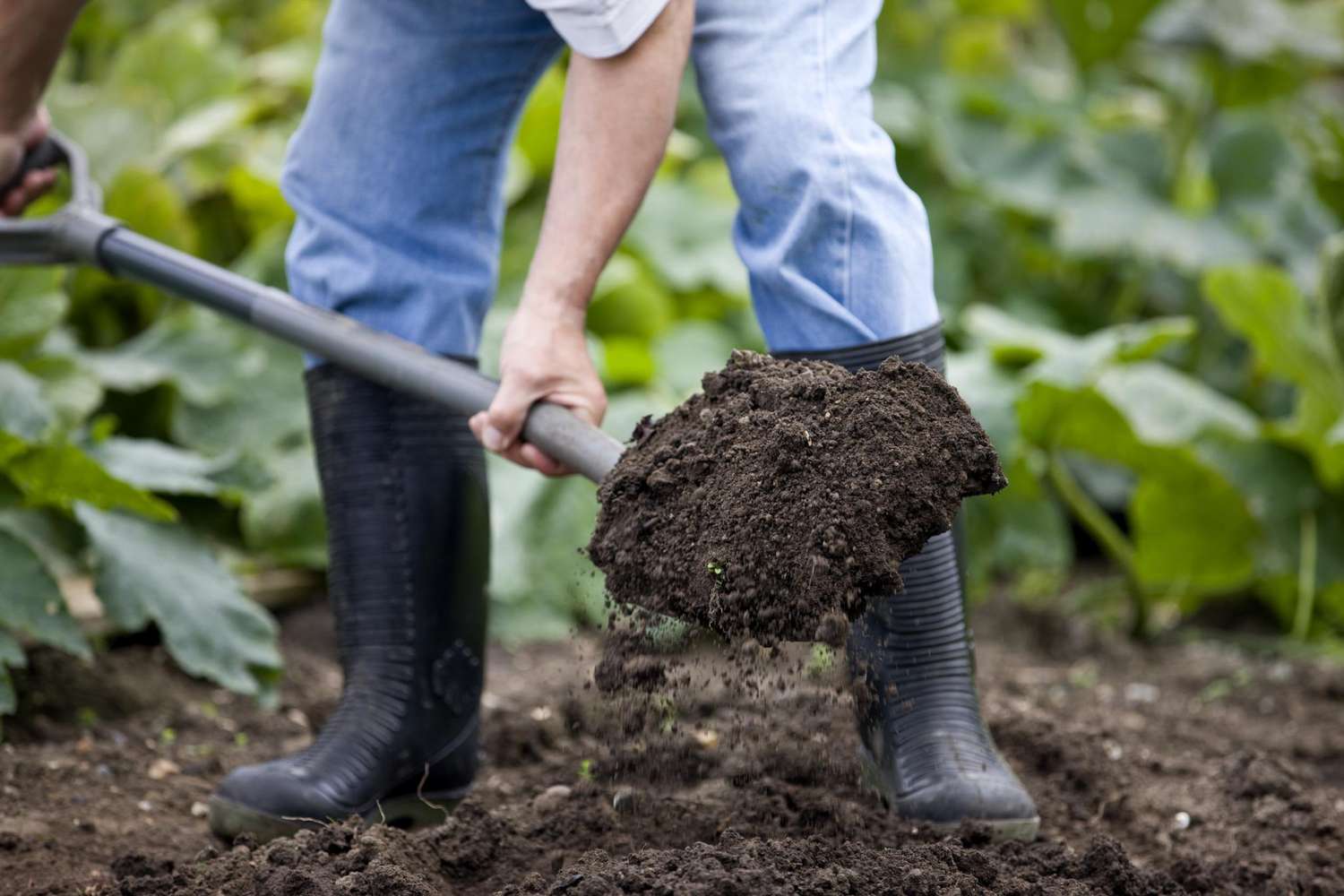

0 thoughts on “How To Dig Up Monkey Grass”